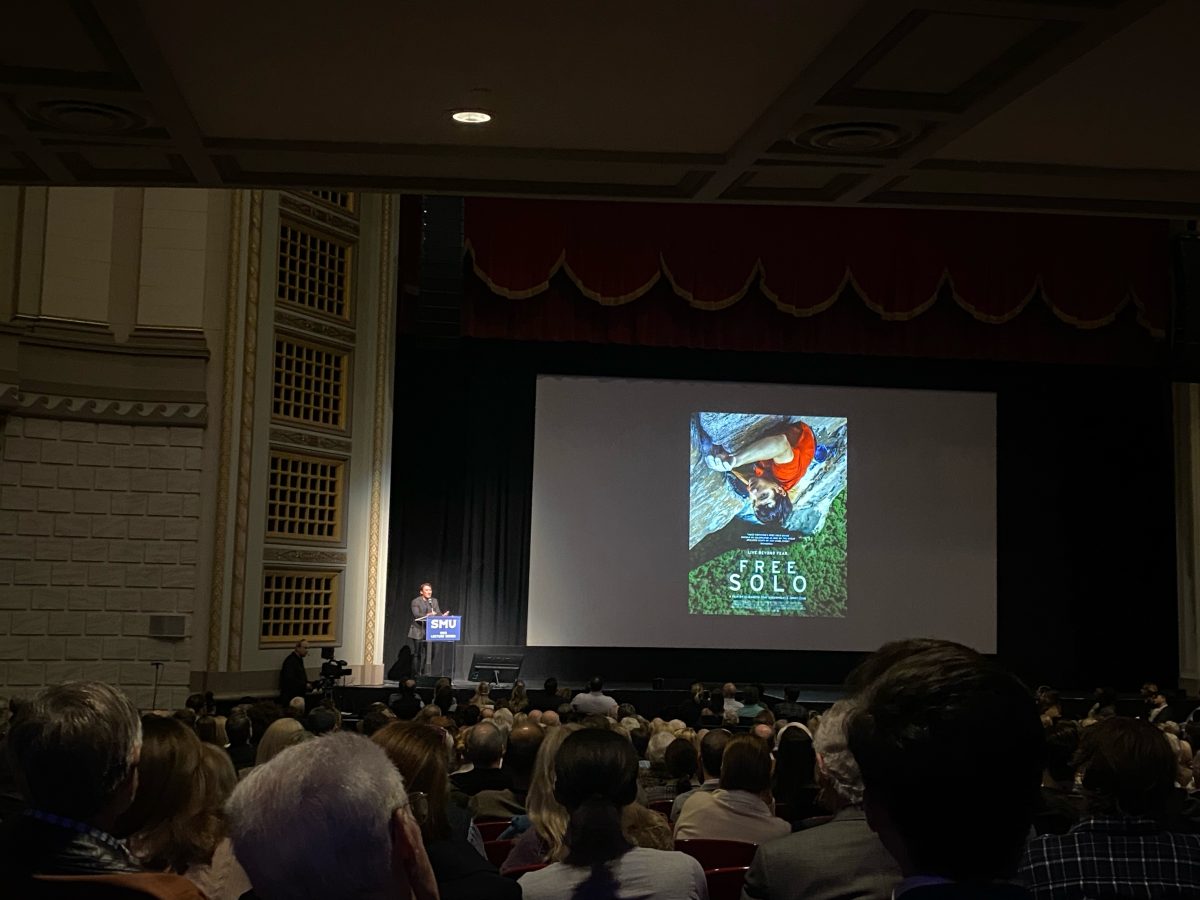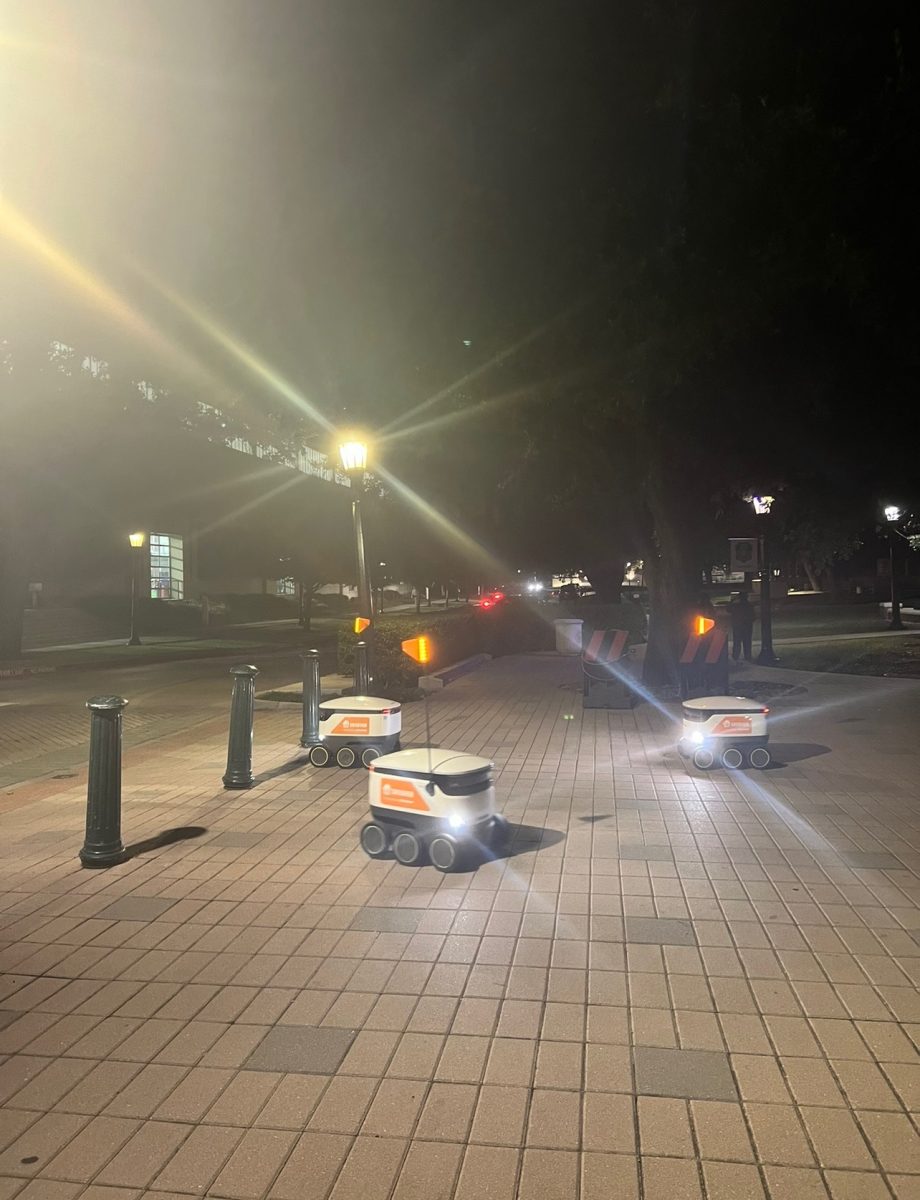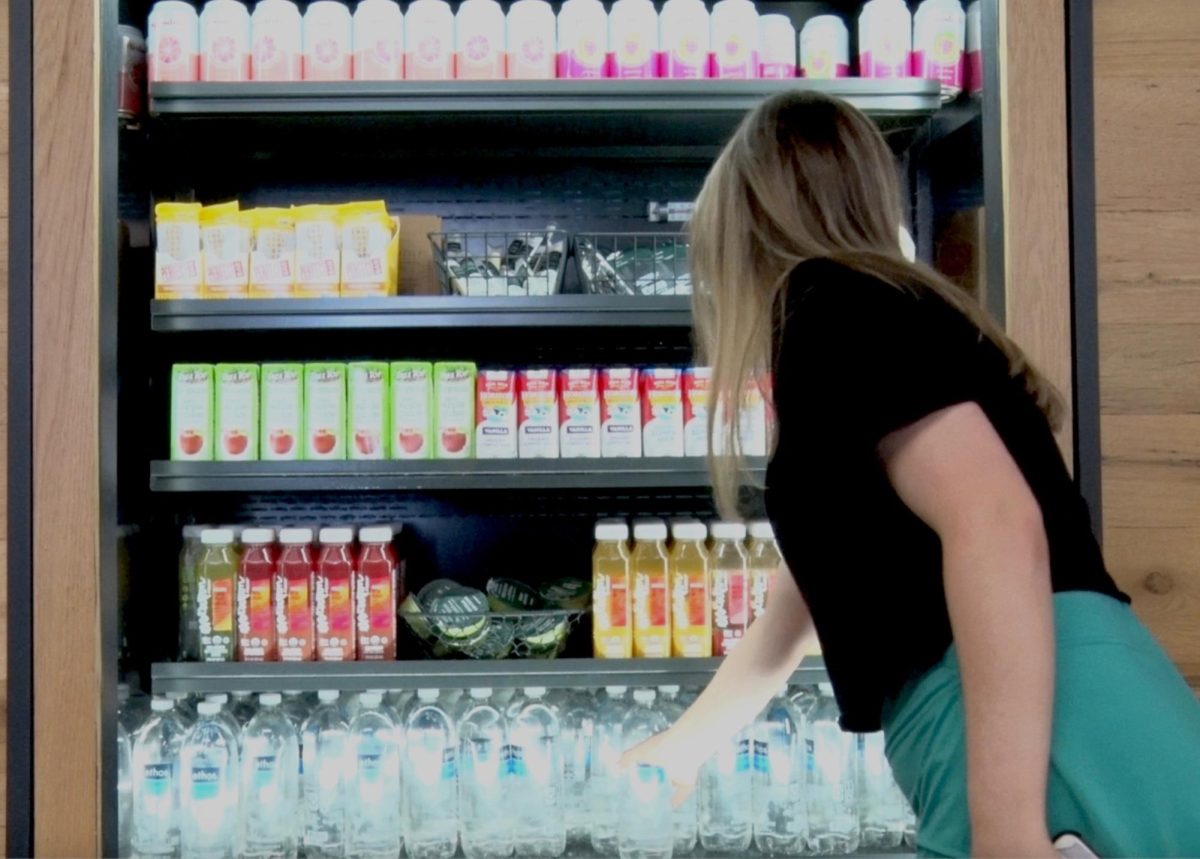
Wake up, turn over, grab phone, check Facebook, update Twitter, upload photo to Instagram, Snapchat a friend: the normal morning of an American teenager.
The 21st century is a time when the Internet and technology rule.
According to a report by Mary Meeker, there will be an estimated eight zettabytes (one trillion gigabytes) of user-generated information created and shared online by 2015. Snapchat CEO Evan Spiegel revealed in an interview with The Verge in May that Snapchat alone shares over 700 million “snaps” per day.
So what happens to individuals in a world run by technology?
“Use of the Internet in various ways can be personally distracting – from important tasks like driving, studying, attention in meetings,” SMU psychology professor Michael Crow said. “Compulsive use can have some ill effects through its effect on sleep… and may lead to loneliness, [while] real, live, in-person social interactions help us stay connected more closely than we may through text messaging.”
According to Crow, there is evidence that people who consistently use the Internet are more likely to be depressed due to their minimal actual social interactions.
A data study collected on Weibo, China’s equivalent of Twitter, revealed that people who use the Internet between 11 p.m. and 3 a.m. are more likely to posses a depressive disorder and use a linguistic pattern of negative words like death and pain.
“They may get lost in the Internet so much that their personal or live social behaviors diminish dramatically,” Crow said.
Junior Tyler Coffin has seen communities of people who claim to have groups of friends they’ve solely met online.
“This probably means that they spend their spare time stuck to their computers to talk to these people, rather than making friends in real life,” Coffin said.
With the increased use of technology, comes a decreased ability to communicate face-to-face and create authentic relationships, which in turn promotes feelings of isolation.
First-year Alexa Mayer witnessed this change in social behaviors amongst her peers, where people deal with silences by looking down at their phones and post feelings on social media instead of being confrontational with problems.
“Many people have lost the art of personal communication,” Mayer said. “Conversations are shorter and shallower, eye-contact is essentially nonexistent. Because technology is easier to communicate with—it is beginning to replace real interaction. “
Coffin believes that technology has also given people a sense of false confidence because of the ability to edit oneself, craft the perfect response and promote oneself on social media.
Because of social comparison, people are inclined to evaluate their true self against the virtual self others portray online.
“Individuals may see things about their friends that make them feel as though they are doing less well that some of their peers – and that can have a negative effect on self-esteem/self-image,” Crow said.
It is important to note, however, that the severity of these effects may vary between individuals depending on the frequency and duration of their technology use.
Mayer sees technology as a double-edged sword. It opens new doors of communication and connection, but its over-use has resulted in self-prescribed loneliness.
“I think that the expanse of technology is beneficial because it allows us to reach a wider range of people in a shorter amount of time,” junior Taylor Lamb said. “But at the same time, it restricts our ability to really connect in that human aspect that is imperative to having personal relationships.”
So take a break from the computer, go on a walk outside, call a friend. Unplug and reconnect with someone: face-to-face.







